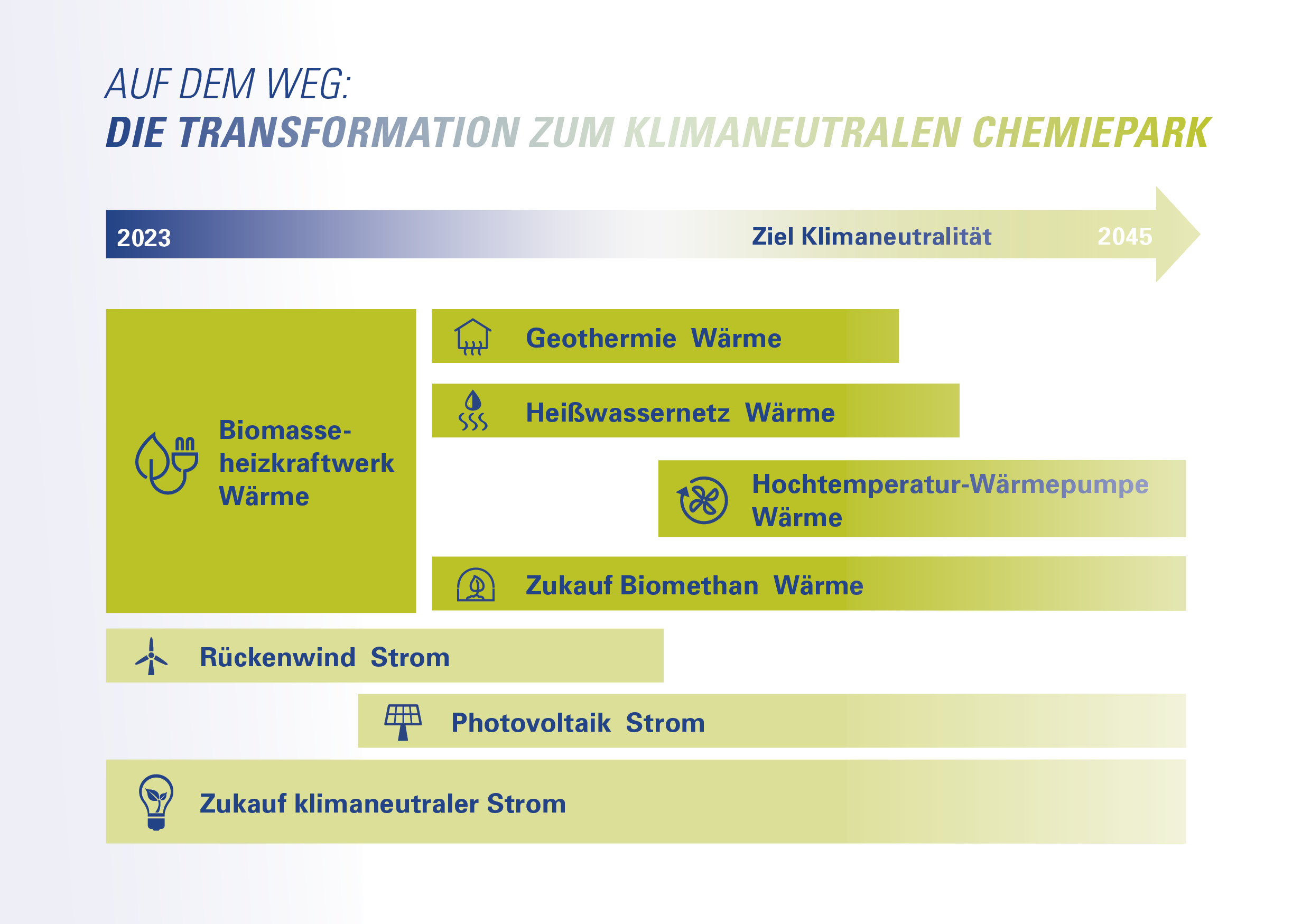- Home
- Location
-
- Location
- Overview
- About the Chemical Park
- Profile
- Site Companies
- Site Operator
- History
- Facts & Figures
- Discover the Chemical Park
- Discovery Tour
- Events
- Guided Facility Tours
- Partner Companies & Visitors
- For your safety
- Safety Video
- Access Authorization
- Rules for Partner Companies
- Registration Partner Companies
- Navigation by MyCPG App
- Climate-neutral Chemical Park
- Climate-neutral Chemical Park
- Our EVERGREEN GENDORF 2045 Strategy
- Our Building blocks of Climate-neutral Energy Supply
- Systematic Energy Management
- Investors
- Employees
- Neighbors
-
- Neighbors
- Overview
- Your Chemical Park
- Engine for the Region
- Products from Gendorf
- Dialog & Transparency
- Guided Facility Tours
- Social & Community Affairs
- Safety
- Lived Safety
- Emergency Organization
- Plant Fire Department
- Emergency Exercise
- Conduct during Siren Alarm
- Monitoring
- Environmental Protection
- Environmental Protection
- Energy Efficiency
- Air Purity Control
- Water Protection
- Waste Avoidance
- Location
- Climate-neutral Chemical Park
- Our Building blocks of Climate-neutral Energy Supply


